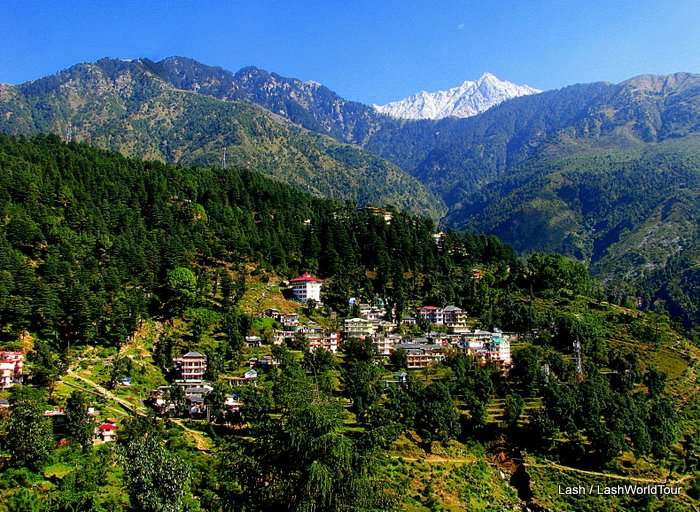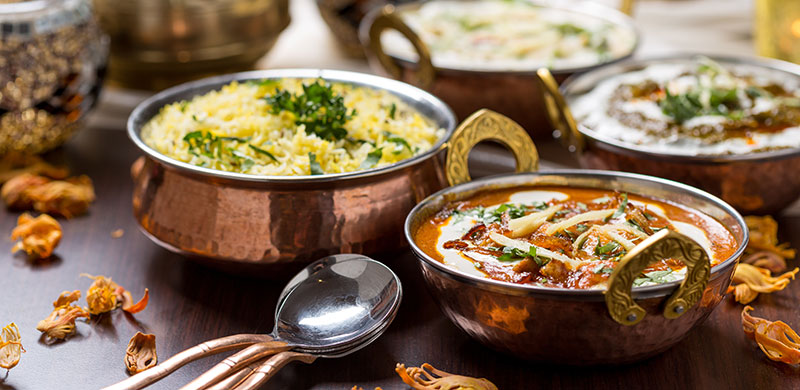By Mehru Jaffer
Whenever Hollywood heart throb Richard Gere decides to descend upon the Himalayan town of India’s Dharamsala, he chooses to retire at the charming Chonor House.
Located just above the temple of the Dalai Lama, the exquisitely styled Chonor House is perhaps the closest that Gere can get to the roof of the world. Ever since Buddhist Gere began to use his star powerto champion the independence of Tibet, China that rules Tibet today does not look upon the actor as a friend. In fact for thousands of Tibetan refugees too Dharamsala is the only home that they have left.
In 1959 Dharamsala was just another sleepy settlement at the foothills of the 3000 km long Himalayan mountain. The late Nauzer Nowrojee, a Zoroastrian owner of the only general goods store in upper Dharamsala had not done decent business since the British abandoned the hill station located at a height of 1700 metres after the independence of India in 1947. A year later he heard that the Dalai Lama had fled the Tibetan plateau into India along with 80,000 followers. Immediately he invited the Dalai Lama to make a home in Dharamsala, waking up the place
overnight to become an international center of Tibetan Budhhist learning.
The place was soon named Little Lhasa and also visited by the likes of Goldie Hawn and Pierce Brosnan whose photograph enjoys pride of place at a local restaurant. What impressed the world about the Tibetans was their decision to get busy with preserving their language and culture instead of organising an armed struggle against the Chinese. The education of Tibetan children became top priority.
At first the Dalai Lama lived in a place called Swarg Ashram while his two tutors occupied homes in the hills nearby. One of these homes is now the quaint Tushita Meditation Centre. Soon a plain, square structure was constructed in concrete which the Tibetans call the temple and where they observe their religious ceremonies. Large statues of the Buddha are housed in the temple and at one end of the premises is the gate to the Dalai Lama’s private offices and residence. Buddhism was introduced into Tibet during the reign of King Songtsen Gampo, in 605 BC when the Himalayan kingdom was a mighty military power, its influence flowing all the way into western China, Mongolia and down to the banks of the river Ganges in India.
Today the temple is a busy place with people from around the world offering personal prayers,
prostrations or just talking with each other. Next door is the Namgyal Monastery, the school from where all of Dalai Lama’s personal attendants graduate. To be a student of this monastery is to excel in Buddhist teachings and to be adept in performing tantric initiations. Of the 175 monks from the original monastery in Tibet about 30 managed to escape and those who survived
became teachers in Dharamsala. Conscious of the fact that Tibetans practised far too many rituals, the Dalai Lama is against the proliferation of too many monasteries. He insists that monks should be taught modern education and understand the rituals they perform.
According to some, monks here are known to have better knowledge of Buddhist philosophy and are encouraged to practice debate unlike in Tibet. The traditions of the Namgyal Monastery play a very special role in Tibetan Buddhism as it has a long association with the Dalai Lamas.
Once accepted as his spiritual guide by the Mongol chieftain Gushri Khan, the third Dalai Lama was given this title by Gushri and along with other monks prayed regularly for the long life and prosperity of the chieftain. This group eventually evolved into the Namgyal Monastery, more than half a millennium ago.
The fifth Dalai Lama was the first one to become the spiritual and temporal head of united Tibet and ruled from the Patola Palace. This unique government consisted of both monastic and lay officials, a tradition carried on by Tenzin Gyatso, the 14th Dalai Lama till he was forced to flee Tibet in 1960 from the Chinese.
Just below the temple is the Institute of Buddhist Dialects where monks learn to apply logic to their knowledge of the scriptures. To take a walk around the pathway that circles the Dalai Lama’s residence is an invigorating experience for more reasons than one. Here people are seen lost in recitations on prayer beads. Others are simply walking briskly along stones heaped into tiny mountains and often craftsmen are found sitting beside the ridge carving Buddha images
on pieces of stones that are bought for worship by the pious.
But four decades in exile even in surroundings similar to Tibet has not diminished the dream of the refugees to eventually return to their homeland. In preparation for that day and also to fulfil the need of the community, a Tibetan government-in-exile functions further down the hill. This is the seat of the elected Tibetan People’s Deputies in charge of departments of Religion and Culture, Home, Education, Health, Finance, Information and International Relations. The majestic Library also stands here that is a treasure house today of Tibetan artifacts and literature. It was the first Tibetan style building to be erected in Dharamsala in 1971. The Tibetan Medical and Astrological Centre trains doctors, pharmacists and astrologers. Here the largest pharmacy outside of Tibet is found equipped with latest supplies from Germany. The clinic is open to the public where a doctor is able to tell what is wrong with a patient simply by listening to the pulse or checking a sample of urine. The queue outside the clinic of Dr.Yeshe Dhonden often snakes out on to the main street as people from around the world wait for an audience with the healer.
Meanwhile the local Hindu population of traditional herdsmen or modern day businessmen continue with their own rites and rituals in the generous bosom of the same mountains of worshipping Shiva, the patron god of the region.
The Norbulingka Institute is a replica of a park of the same name near Lhasa that was the summer home of the Dalai Lama in Tibet. Built like a Japanese, terraced garden, the premises of the Institute are teeming with painters and craftsmen working to keep the rich artistic traditions of Tibet alive. Applique thangka paintings are finished in one studio while attempts are made to produce an entire series of encyclopaedia in Tibetan in another corner. A visit to the lush green, premises of the Norbulingka is also an opportunity to behold the Seat of Happiness Temple
where a 14 feet statue of the traditional Buddha Sakhyamuni in gilded copper rests in utmost peace and quiet.
Traditionally, a guest house accompanies any temple and there is one at Norbulingka built like a house for a Lhasa aristocrat with walls that are thick at the base and taper inwards as they rise higher, providing much protection against earthquakes. An extension of the Norbulingka Institute, The Chonor House is intricately decorated and also painted in rich colours with roofs sloping only slightly to allow rain water to trickle by. The view from each window here seems to reach out to the perpetually snow clad peaks of the Dhauladhar range across a valley carpeted in thick vegetation. Such is a house that has inspired not just Gere but all visitors who swear that
here they are content, just to be alive.






